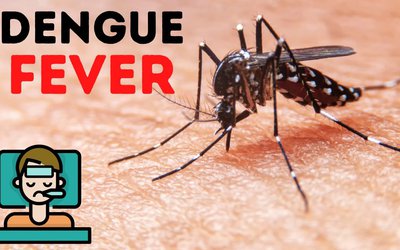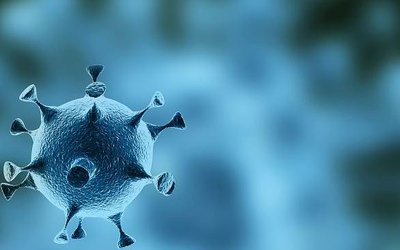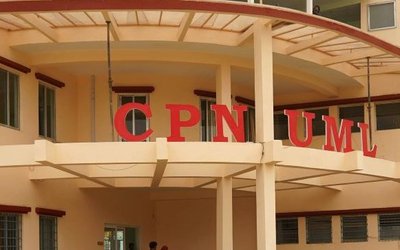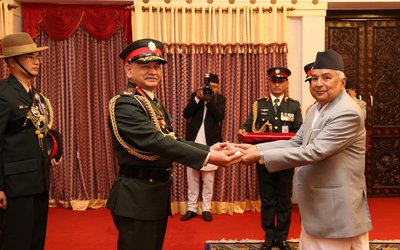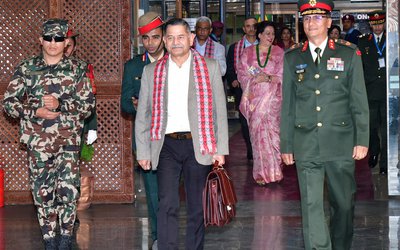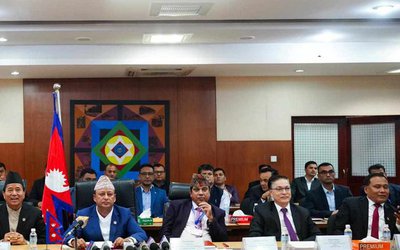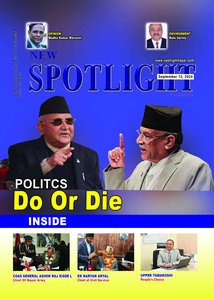The treatment of physical pain is big business. You don’t have to be an old man with creaky joints to suffer from chronic pain. There are, for example, many young obese individuals even in the poverty-stricken subcontinent who suffer from chronic joint pains brought on lifestyle changes. There are pain clinics, especially in the western world where individualclinics just focus on headache, back ache, leg pain, shoulder pain etc. Acupuncture since time immemorial has been a treatment for pain relief, and many in Nepal as elsewhere will swear by the effectiveness of this form of therapy in relieving pain. If you are one of those who are reaping benefits from this form of therapy, this article is not meant to discourage you from acupuncture. Please continue acupuncture.
Recently( about two to three years ago) as reported in a prestigious journal called ( what else?) Pain, E.Ernst and colleagues carried out a review of published articles on acupuncture to ascertain if indeed acupuncture alleviated pain and if there were any risks involved. The final conclusion was not clear cut; at best the evidence for the effectiveness of acupuncture for pain is mixed, according to this review.
This study was a “mega” review, a review of reviews, if you will. The reviews covered a range of pain syndromes. Of the 36 reviews rated as good or excellent quality, 13 ( 36 %) reached a positive or tentatively positive conclusion, 14 ( 39 %) failed to show effectiveness and 9 ( 25%) were inconclusive. In short the results provided meager evidence that acupuncture is generally effective.
In the 36 % who felt that acupuncture worked for them, there was one factor that may have helped, that is the placebo effect, which is not easy to measure to begin with. This placebo effect could possibly be attributed to a consultation with a sympathetic doctor. Many think that health professionals in the “alternative” branch of medicine (which includes acupuncture, homeopathy, ayurvedic medicine etc) in general better empathize with patients and treat them with a greater degree of compassion than practitioners of Western medicine. The alternative medicine doctors probably realize more clearly that the internal fear and pain of patients may be decreased with the doctor’s voice, words, and smile. Perhaps the value of acupuncture is also attributable to the sympathy of the acupuncturists, rather than to their manipulative skills with needles. By the same token,devising trials to meet the standards of modern scientific medicine using double blind controlled trials to observe the true efficacy of acupuncture may not be practical or possible.
Importantly, at a minimum, because acupuncture primarily deals with needles which potentially can spread diseases, it is crucial to make sure that aseptic precautions with clean needles are practiced.

Buddha Basnyat MD
Buddha Basnyat, MD, MSc, FACP, FRCP, Director of the Oxford University Clinical Research Unit-Patan Academy of Health Sciences, Kathmandu.
- Altitude Sickness
- Feb 20, 2018
- Post-earthquake Nepal: The Way Forward
- Dec 13, 2015
- The Annapurna Sanctuary
- Nov 29, 2015
- Diarrhea at the Summit
- Nov 08, 2015
- Altitude Sickness ( AMS, HAPE, HACE)
- Oct 15, 2015





